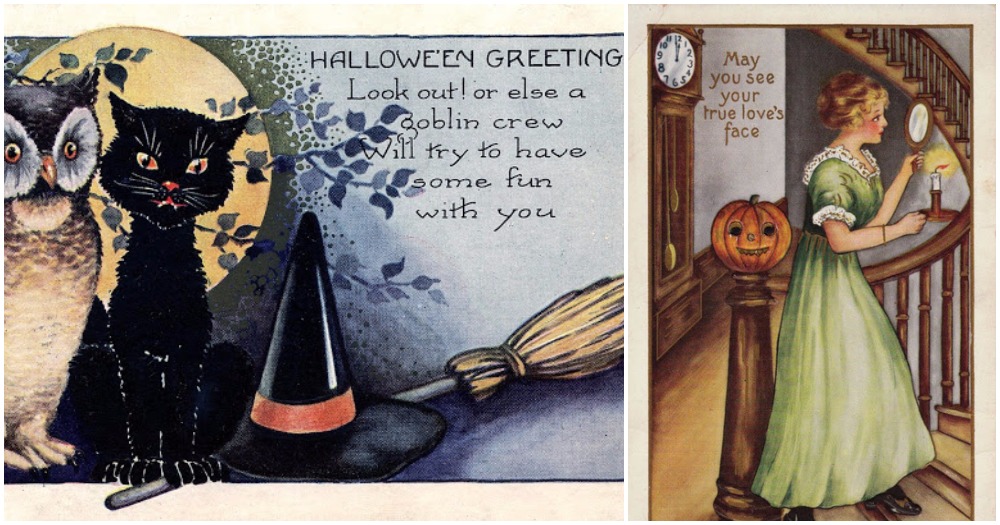
6. Jack-o’-Lanterns Were Once Made Out of Turnips, Beets and Potatoes — Not Pumpkins.
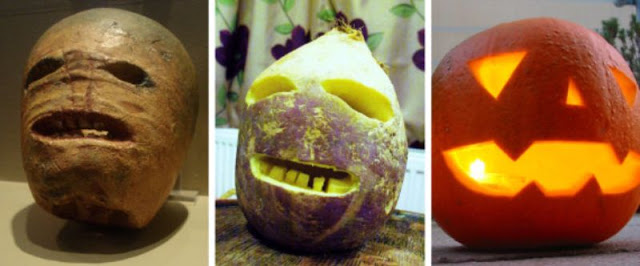
The jack-o’-lantern comes from an old Irish tale about a man named Stingy Jack. According to folklore, Stingy Jack was out getting sloshed with the Devil when Jack convinced his drinking partner to turn himself into a coin to pay for the drinks without spending money. Jack then put the Devil, shaped like a coin, into his pocket, which also contained a silver cross that kept the Devil from transforming back. Jack promised to free the Devil as long as the Devil wouldn’t bother him for a year, and if he died, the Devil could never claim his soul. Jack tricked the Devil again later, getting him to pick a piece of fruit out of a tree and then carving a cross into the bark when the Devil was in the branches. This trick bought Jack another 10 years of devil-free living.
When Jack finally died, God decided he wasn’t fit for heaven, but the Devil had promised never to claim his soul for hell. So Jack was sent off to roam Earth with only a burning coal for light. He put the coal into a turnip as a lantern, and Stingy Jack became “Jack of the Lantern” or “Jack o’ Lantern.” Based on this myth, the Irish carved scary faces into turnips, beets and potatoes to scare away Stingy Jack or any other spirits of the night.
7. While Pumpkins Are Typically Orange, They Can Also Be Green, White, Red, Yellow, Even Tan.
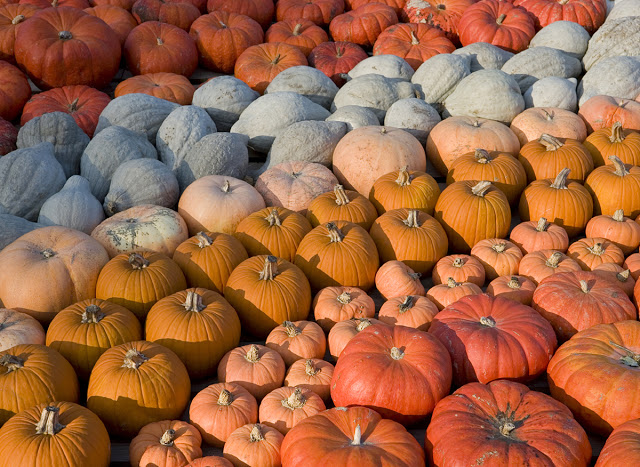
Pumpkins are orange… everybody knows that. But they come in lots of other colors too. You can find pumpkins that are green, white, red, yellow, blue, even tan.
Most pumpkins are orange because of the high amounts of lutein, alpha- and beta-carotene. But don’t assume the absence of orange in the skin means the absence of one or more of these substances – almost all pumpkins have some variation of orange flesh which is rich in Vitamin A and lots of other vitamins, minerals, and heart-healthy antioxidants.
8. Trick or Treating Was Put On Hold During WWII.
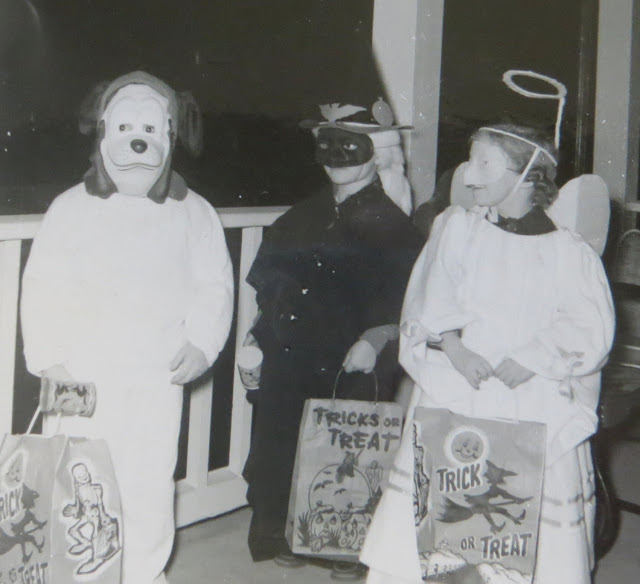
Trick or treating has been part of Halloween festivities since the early 20th century but like so many aspects of this holiday, it evolved from an ancient European custom. On All Souls Day, poor people would visit the houses of their wealthier neighbors for a “soul cake” — a form of shortbread — in return for which the beggars promised to pray for the dead of the household. Known as “souling,” the practice was later taken up by children, who would go from door to door asking for gifts such as food and money. Irish and Scottish communities in the US revived the tradition, although it was put on hold for several years during WW II due to sugar rationing.
9. Apple Bobbing Originated in Britain.
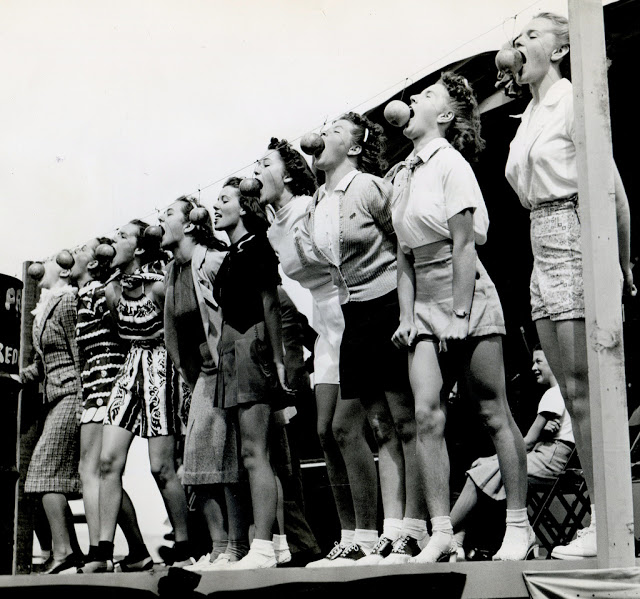
In Britain, most Halloween traditions died out with the rise of Puritanism in the 16th and 17th centuries, but games such as apple bobbing, in which apples floating in a bowl of water are caught in the mouth, are remnants of past rituals. When thrown over the left shoulder, the apple’s peel would fall into a shape resembling the initials of a true lover.
